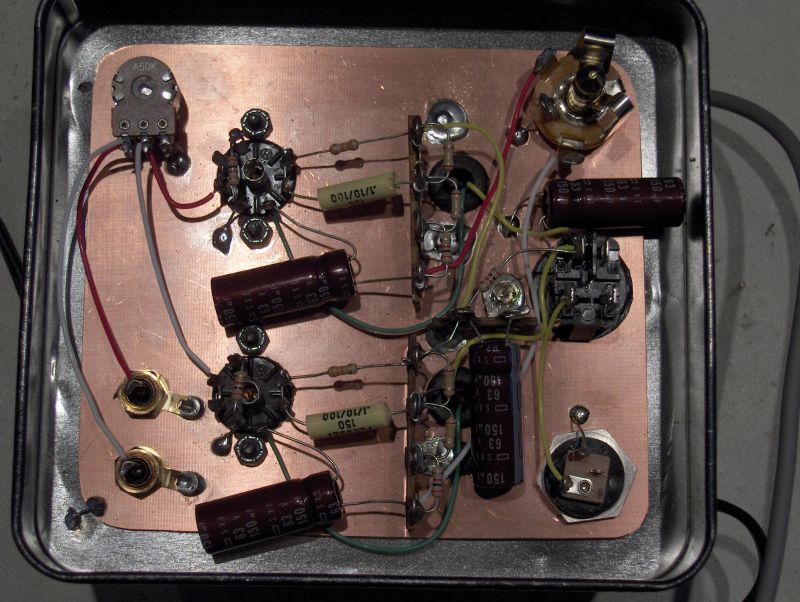royewest
100+ Head-Fier
- Joined
- Jan 1, 2005
- Posts
- 353
- Likes
- 10
Tomb, thanks a lot for the details. I also really appreciate them. I'd hope to impose further and second LLama16's question: will connecting the star ground to true earth have an effect on the floating ground?


























